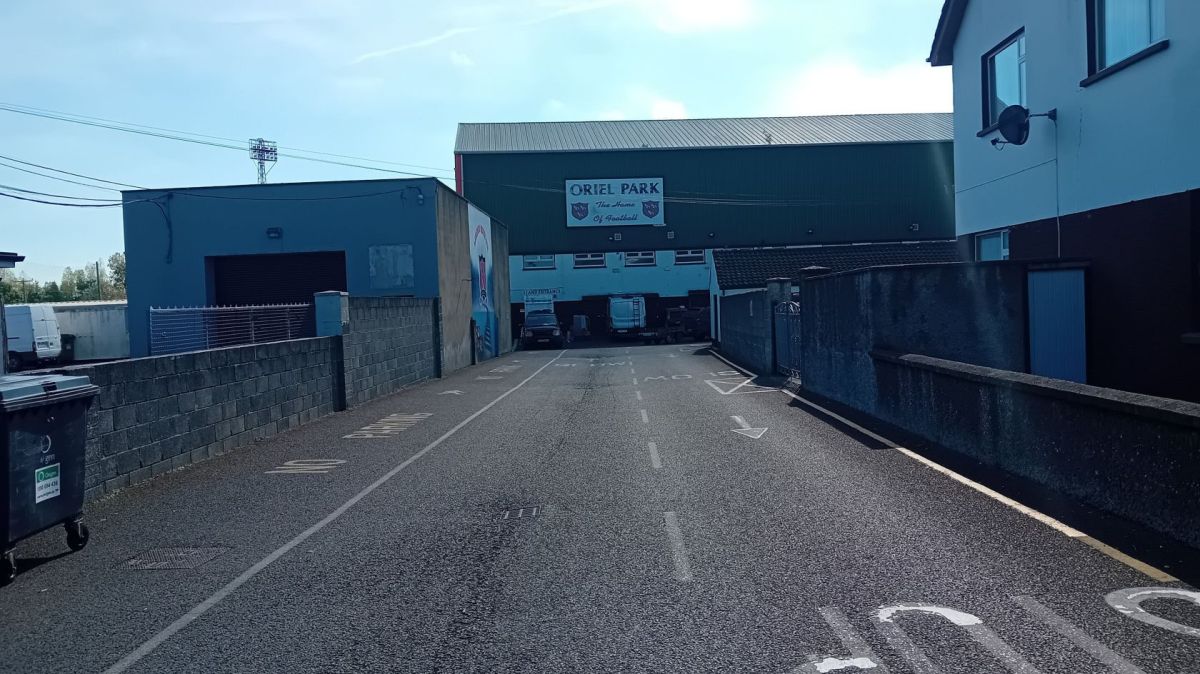As an endangered species, volunteers fight to provide a safe and ideal habitat to increase the corncrake population in the upcoming years.
The corncrakes are round-bodied and long-necked birds with a short, stubby tail. They are an endangered species, currently present on the Red List under the UK’s Birds of Conservation Concern 5. The bird’s population has been declining since the 1970s, with only five calling males spotted on the island in the past five years. As a secretive bird, they look for fields where they can easily nest, such as in meadows and hay fields in areas covered in tall plants. However, such habitats are becoming scarce in Rathlin Island.
Multiple tonne bags of nettles have been transported to Rathlin Island as part of an RSPB project to support the endangered corncrake bird.
— The Irish News (@irish_news) April 22, 2025
The Giving Corncrake a Home Project has seen volunteers dig up nettle rhizomes from across Northern Ireland and plant them on the island,… pic.twitter.com/tACc8Ztkwz
In hopes of increasing the corncrake's population, volunteers partake in the digging and preparing of nettle rhizomes across Northern Ireland between the months of October and February. They ensure the nettles are cleaned of any undesired seeds, solid or invertebrates before they are shipped to Rathlin Island. Meanwhile, the soil of the island gets ploughed to ensure the nettle roots can be spread.
The nettles provide a safe environment for the birds due to their fast-growing nature. Despite nettles being native to Rathlin, the overall vegetation is not enough to create the ideal habitat for when the birds return from their winter in Africa. Thus, the current efforts to plant more nettles hope to incentivise breeding during their biyearly breeding seasons, as well as providing a safe habitat for their nesting once the grass is grown. Volunteers believe that in two years, the nettles planted will have grown to the perfect height for corncrakes, and hopefully their population will increase steadily until there is a “sustainable population”.















